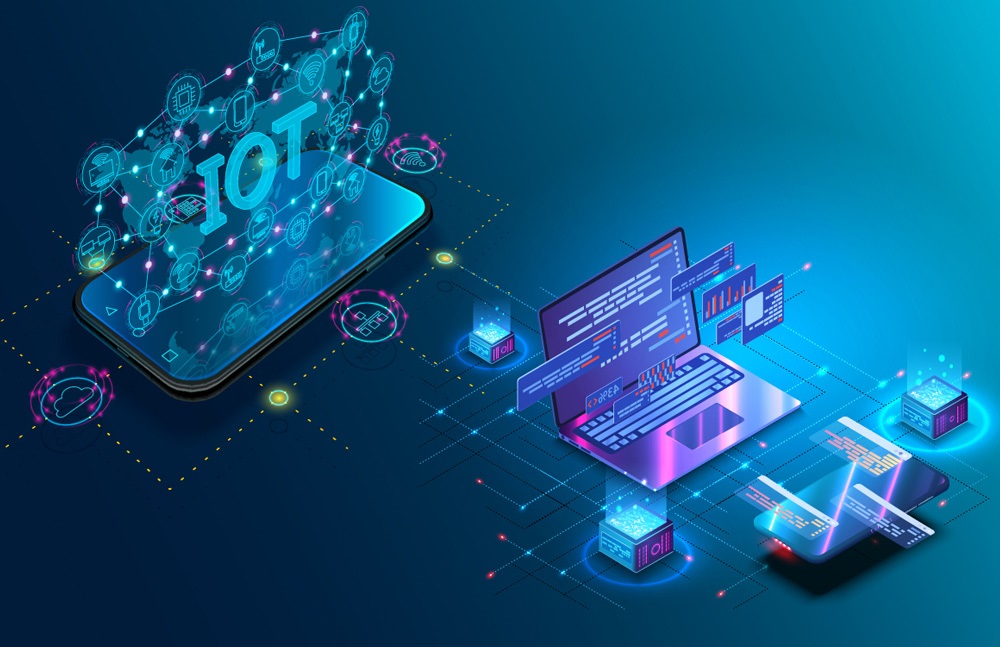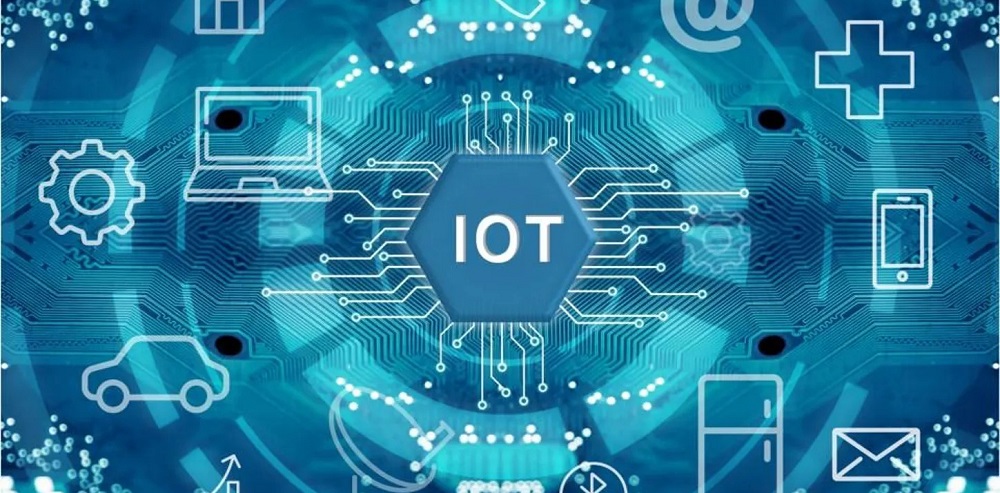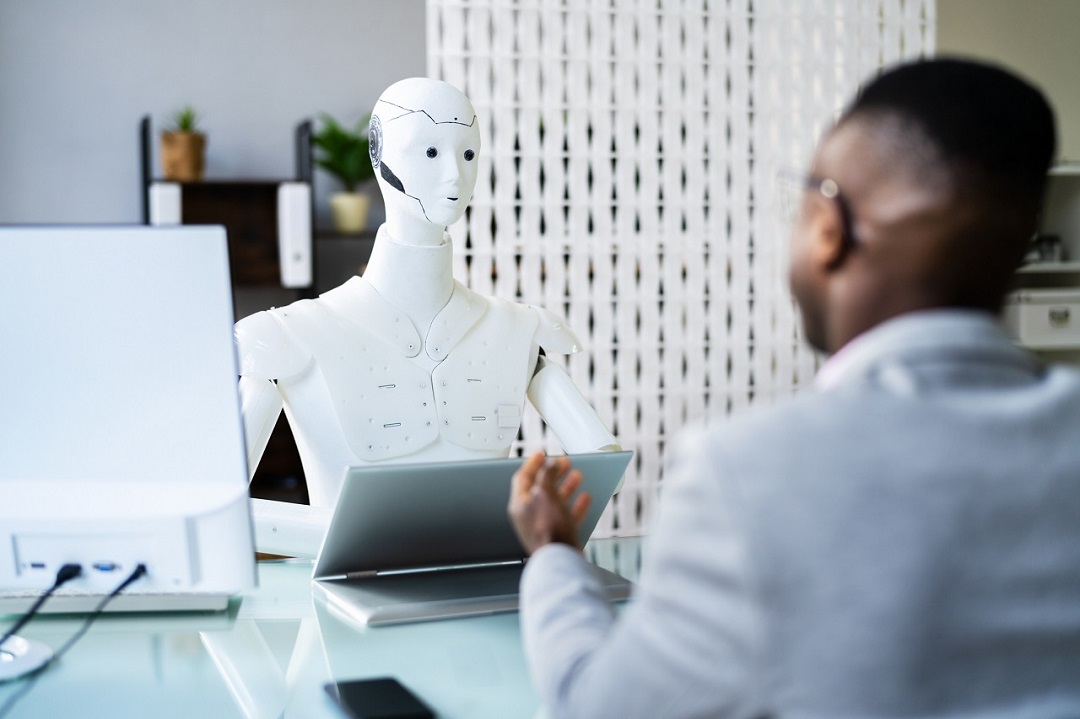From smart cities of the future to smart homes of the present, IoT devices are changing our daily lives. But have you ever stopped to think about how internet of things devices are changing our offline world? From cars and factories to devices we use at home and in the office, IoT devices are making our lives smarter and safer every day.
In this blog, we’ll discuss what IoT is and how devices such as internet-enabled sensors are transforming the offline world. We shall see how businesses can implement IoT-powered solutions to make their businesses smarter and more efficient. Let’s start by understanding the basics of device management and challenges faced while implementing it.
Why offline IoT?
Connected devices have the power to revolutionize how we do business and help our organizations become more efficient and agile. From smart meters that optimize energy use, to IoT devices that automate processes and improve communication within an organization, connected devices can help organizations save on costs and provide improved safety and efficiency. With IoT devices, organizations can monitor environmental conditions of their plants and ensure proper plant operation. These devices can also help reduce waste and increase efficiency in the manufacturing process.
IoT devices have the potential to change the way we view the world around us. In particular, it can help us reduce our dependence on traditional sources of electricity by investing in solar-powered electric grids or smart solar panels that help with electricity monitoring and consumption. It can also help us understand environmental issues such as air pollution better through sensors connected to internet-enabled platforms. So, if you’re looking for a technology that will have a positive impact on your business, consider investing in IoT devices now!

The Basics of IoT Device Management
IoT devices are becoming increasingly popular as they provide a number of benefits to businesses and consumers. The devices provide connectivity to various devices, such as sensors, actuators, and connected devices. They can monitor the physical environment and create insights from the data collected. Additionally, IoT devices have the ability to collect data from various sources such as physical objects, systems, and internet of things (IoT) devices.
The data collected by IoT devices could be used for a variety of purposes including tracking physical assets and systems remotely. It could also be used for monitoring environmental conditions or creating alerts. Finally, IoT devices can be used to control physical objects remotely or create insights about human behavior. Hence, it’s essential to manage these devices effectively to ensure they are efficient and effective.
Challenges with offline IoT
Offline IoT devices face many challenges, such as limited battery life and a lack of data storage. They need to be constantly connected to the internet for connectivity and control, which makes them vulnerable to cyber-attacks. They also need to be designed for harsh environments and operating conditions, such as being waterproof and resistant to extreme temperatures.
Offline IoT devices must be able to sense and act upon changes in their environment, such as detecting motion or changes in air pressure or humidity. These devices are capable of performing complex functions without requiring connectivity, but they require a steady internet connection in order to function properly. </EOS>EOS So far, offline IoT devices have been able to handle most of the requirements of internet-connected devices. However, they are still not perfect or capable of handling all the tasks internet-connected devices can handle right now. Further innovation is required to make offline devices perform even better than internet-connected ones.
How IoT devices are changing the offline world
In recent years, internet of things (IoT) devices have become a part of our daily lives. These devices are capable of operating without any external support and can be programmed using software to perform a specific task.
One of the most common applications of IoT devices is monitoring environmental conditions such as temperature or humidity levels. They can be used to manage assets, such as vehicles or machinery. Some IoT devices can be connected to other devices and systems, creating a smart environment. These devices offer benefits in terms of efficiency and convenience, such as providing access to remote areas via internet connectivity or tracking vital signs such as heart rate or blood pressure. The widespread deployment of IoT devices will change the way we do business and interact with the world around us. They will enable us to monitor environmental conditions and assets across great distances and perform various tasks with just the click of a button.
What are the top ways to use IoT in your business?
There are many ways in which IoT devices can be used to improve the efficiency and productivity of businesses. The top uses of IoT devices in business include:
1. Monitoring environmental conditions
It is important to ensure the safety and well-being of employees and assets, which can be achieved by monitoring environmental conditions such as temperature or humidity levels. IoT devices can provide real-time data that is accurate to within a few degrees.
2. Managing assets
IoT devices can be used to monitor and manage various types of assets, including vehicles, machinery, buildings, and even pets. This allows businesses to reduce costs associated with downtime or maintenance issues.
3. Communication
Businesses need reliable communication systems if they are going to keep their customers happy and up-to- date on their operations. IoT devices can be used to improve communication by providing remote access to employees and customers, as well as monitoring vital signs such as customer satisfaction or inventory levels.
4. Monitoring processes
IoT devices can be used to monitor various business processes in order to ensure efficiency and accuracy. This information can then be used to make changes or improvements that will result in increased productivity and less wastefulness.
5. Tracking activity
Activity tracking is an important component of a good management system, which is why IoT devices are often employed for this purpose. Devices like smart watches or sensors can be used to track the location, movement, and activities of employees or customers. This information can then be monitored and analyzed to provide insights that would otherwise not be available.
6. Responding to changes
IoT devices can help businesses respond quickly and effectively to changing conditions or market demands. By monitoring data streams from various IoT devices, companies are able to identify problems as they occur and take appropriate action before things become too critical.
7. Providing customer service
One of the most important roles of a business is providing excellent customer service; this means being able to respond quickly to customer inquiries and addressing any concerns or problems as they arise. By using IoT devices, businesses can track customer interactions in real-time and use that data to improve efficiency and responsiveness when it matters most.
8. Enhancing security
Security is always a concern for businesses of all sizes, and IoT devices can be used to make things even more secure. By tracking data such as the location or movement of employees or customers, companies can quickly detect any unauthorized activity and take appropriate action.
Conclusion
IoT devices have slowly crept into our everyday lives, from smart home devices to connected vehicles. The technology is improving our lifestyle in countless ways and altering the way we do things. If you’ve embraced IoT device management and are leveraging the technology for your business, comment below and tell us how it has helped your organization. If this article sparked new ideas or thoughts on IoT device management, share it with others who can benefit.





